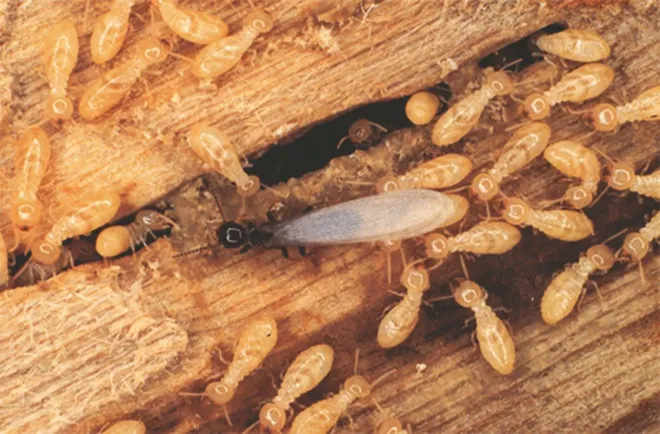Termites, those silent destroyers of homes, are a homeowner’s nightmare. These tiny intruders can cause extensive damage to your property, often unnoticed until it’s too late. This article will explore effective strategies for termite pest and white ants inspection and treatment, helping you protect your most significant investment – your home.
1. Regular Inspections: The First Line of Defense
Annual Termite Inspections
Regular inspections for termites are crucial for early detection and prevention. Consider scheduling a yearly termite inspection by a licensed pest control professional. These experts are trained to spot the subtle signs of termite infestations that may go unnoticed by homeowners.
Self-Inspection Tips
While professional inspections are vital, homeowners can also perform their termite checks. Here are some tips for conducting a DIY termite inspection:
Look for Mud Tubes: Subterranean termites build mud tubes to travel to their nests for food sources. Check the foundation of your home for these pencil-sized tunnels.
Inspect Wood Structures: Check wooden structures, such as beams, joists, and window frames, for signs of termite damage. Tap on the wood; hollow or papery-sounding wood may indicate termite activity.
Keep an Eye on Swarmers: Termite swarmers, winged termites, are a sign of a mature colony. If you see these flying insects around your home, it’s time to investigate further.
2. Early Intervention: Termite Treatments
Liquid Termiticides
Liquid termiticides are a common choice for termite treatments. These chemicals are applied to the soil around your home’s foundation, creating a protective barrier that termites cannot cross. They are effective in preventing termite infestations and can also be used as a treatment if termites are already present.
Termite Baits
Termite baiting systems consist of bait stations placed in the ground around your property. These stations contain wood or cellulose material infused with toxic substances. Termites are attracted to the bait, feed on it, and carry the poison back to their colony, effectively eliminating the entire population.
Fumigation
In cases of severe infestations, fumigation may be necessary. This process involves sealing your home and releasing a gas (usually sulfuryl fluoride) that penetrates the structure, reaching and exterminating termites throughout. Due to the toxicity of the chemicals used in fumigation, it should only be performed by licensed professionals.
3. Natural and Preventive Measures
Nematodes
Nematodes are microscopic roundworms that are natural predators of termites. They can be purchased and applied to your soil, where they seek out and feed on termite larvae. While nematodes are not a standalone solution for termite control, they can be a valuable component of an integrated pest management plan.
Proper Home Maintenance
Preventing termite infestations begins with proper home maintenance. Here are some tips to reduce the risk of termite problems:
Address Moisture Issues: Termites are attracted to moisture. Fix any leaks, ensure proper drainage away from your home, and keep gutters clean.
Trim Vegetation: Trim trees and shrubs away from your home to prevent termites from gaining easy access to your structure.
Store Wood Away: Store firewood, lumber, and other cellulose materials away from your home’s foundation.
4. Professional Pest Control Services
It’s often best to consult with professional pest control services when dealing with termite infestations. These experts have the experience, knowledge, and tools to treat termite problems effectively. They can provide a customised treatment plan based on the severity of the infestation and the specific termite species involved.
5. Vigilance and Education
Finally, staying informed and vigilant is key to outsmarting termites. Stay updated on termite control methods, and educate yourself about the signs of infestation. Early detection and swift action can save you from significant structural and financial damage.
In conclusion, termites are formidable foes, but you can protect your home from their destructive tendencies with the right strategies for termite pest and white ants inspection and treatment. Regular inspections, early intervention, natural prevention methods, professional services, and staying informed are all essential components of a comprehensive termite control plan. By implementing these strategies, you can outsmart termites and safeguard your home for years to come. Remember, prevention is the best defence against these relentless pests.
